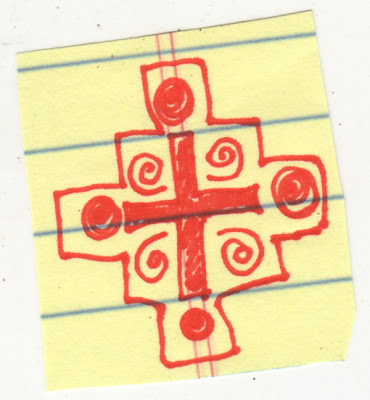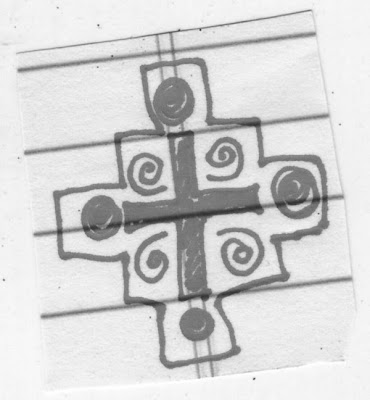


Spent the day reading, shoveling snow, eating leftover Christmas goodies, and making a mess on the library table.















In the 1930s Gerhardie wrote a book with Prince Leopold of Loewenstein, "Meet Yourself as You Really Are," which has been described as an early example of hypertext. The catalogue of his works in the New Directions "Futility" describes "Meet Yourself ..." as "about three million detailed character studies through self-analysis"; Loewenstein would sit around talking about psychological types, while Gerhardie rendered the whole into witty, elegant English.I've got this one on my reading pile. It's a very curious book!



Merrill, Frank T. Painter. Born in Boston in 1848. He studied art at the Lowell Institute, and at the Boston Museum of Fine Arts; he also studied in France and England. His water colors are free in wash and color, and he has also been very successful with his etchings. Merrill's work has been used extensively in illustrating and may be found in Thackeray's "Mahogany Tree" and in Irving's "Rip Van Winkle."Merrill's work is available at the Childs Gallery. A search for Frank T. Merrill on the Internet Archive yields seven results:




During the period from 1875 to 1910 there arose a school of American trompe l'oeil painters comprised of William M. Harnett, John Haberle, John F. Peto, Jefferson David Chalfant, Alexander Pope, George Cope, De Scott Evens, Victor Debreuil and a number of lesser-known artists. These men executed many works within the narrow confines of the pure trompe d'oeil style--in which objects are depicted with photographically realistic detail. These paintings are usually done in life-size scale against a shallow or flat background comprised most often of a door or wall very close to the picture plane.One thing I never thought about before is that trompe d'oeil portrays the "implacable reality" of a masculine world including currency, guns, assorted military and sporting paraphernalia. Barry provides an interesting discussion of the evolution of the "artificial separation of the masculine and feminine worlds" which occurred during the time of the artists. She begins by quoting a passage from Patricia Hill's Turn-of-the-Century America (1977):
"In a secular society, materialistic in its outlook, shocked by the behavior of men at the financial marketplaces and worried about the influx of immigrants, idealized human beauty became fair Anglo-Saxon types." These fair Anglo-Saxon beauties became the predominant images in American Painting. Passive and seemingly passionless, they appear to lead pampered sequestered lives of private reveries; playing solitaire and having teas, as if waiting for a momentous encounter. As women were excluded from the vigorous and corrupt world of politics and finance, they were an obvious choice of symbol to represent the opposites of those worlds: passivity and purity. Women were protected from the harsh realities of life; men had to live them, and thus the society was divided.There is a modern Trompe l'Oeil Society and you can visit their web site here. It features the work of some very talented contemporary artists of the genre including Larry Charles, Donald Clapper, Eric Conklin, Garry T. Erbe, Gerald Hodge, Michael Molnar, and Gregory West. Interesting that there are no women artists among them even today!
 I love the title of this post. It's meaning points to a state of disuse or inactivity, certainly appropriate given my recent absence here!
I love the title of this post. It's meaning points to a state of disuse or inactivity, certainly appropriate given my recent absence here!